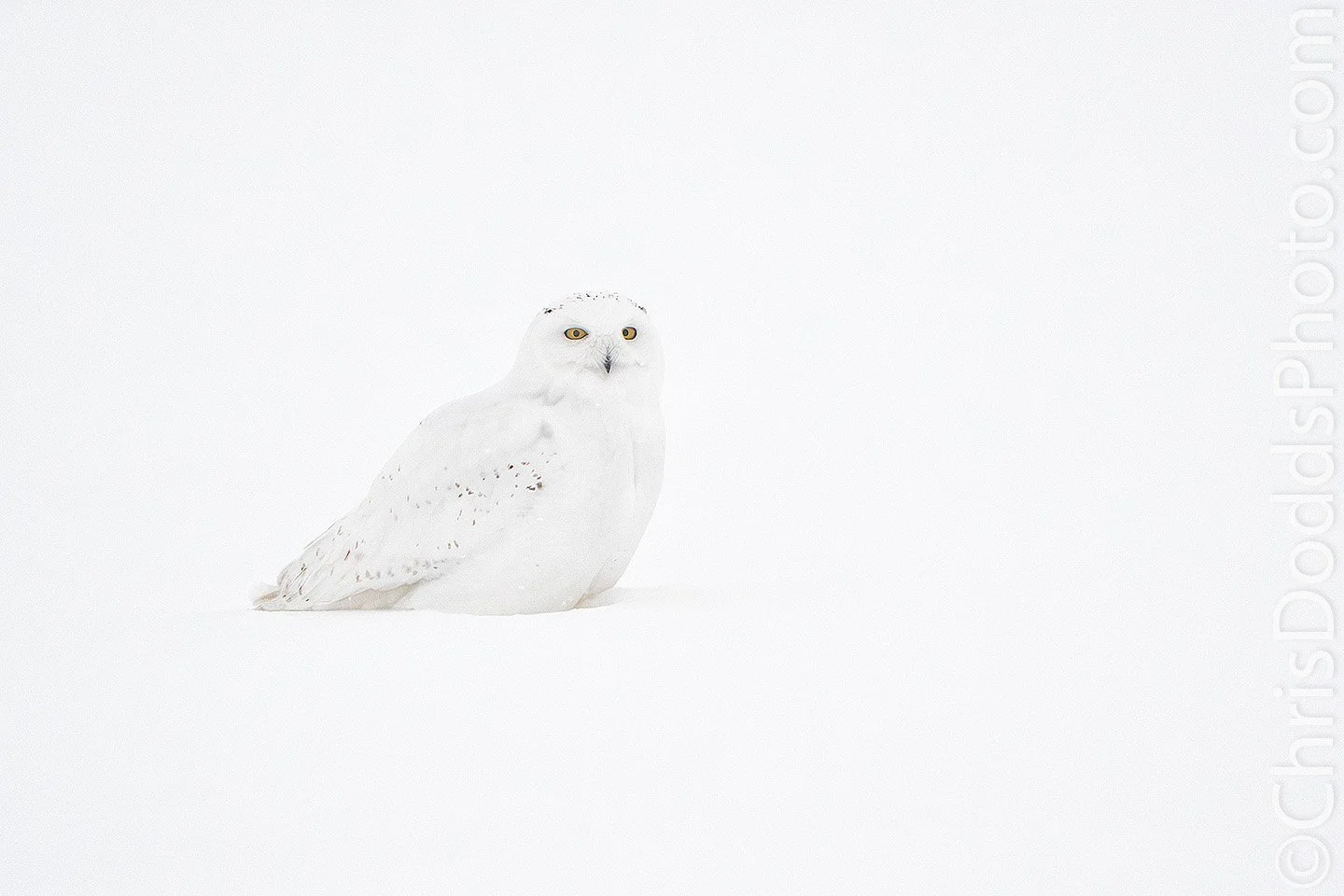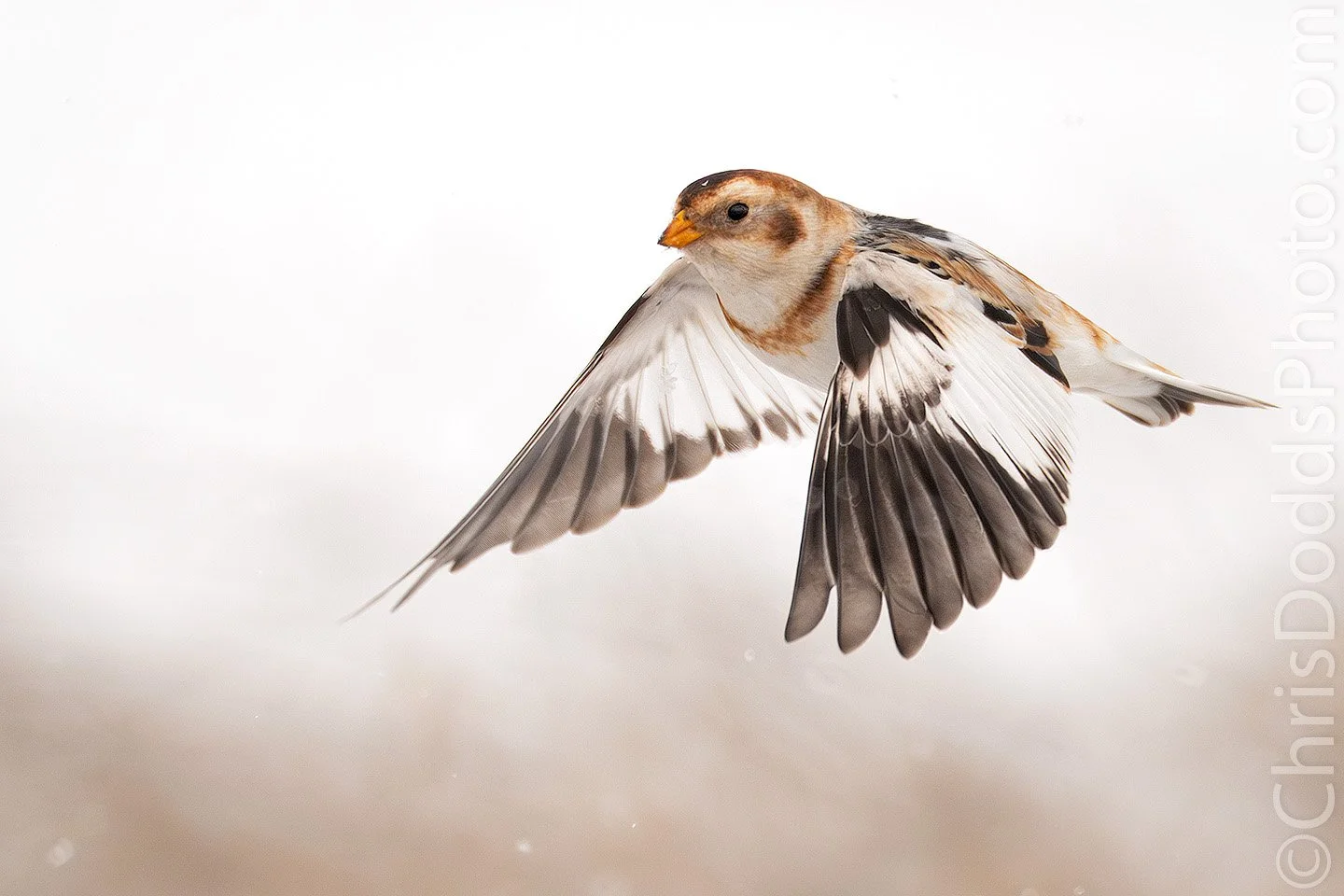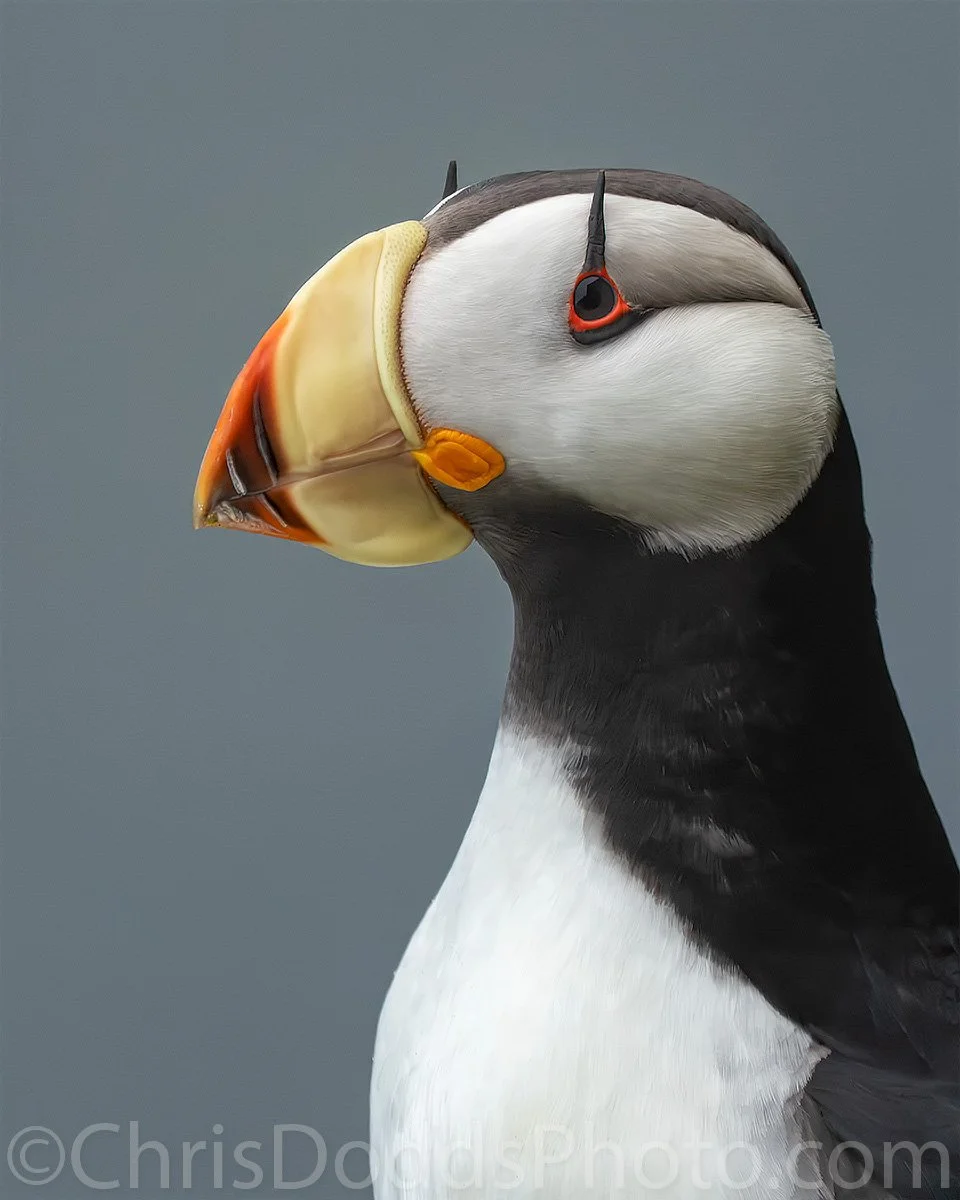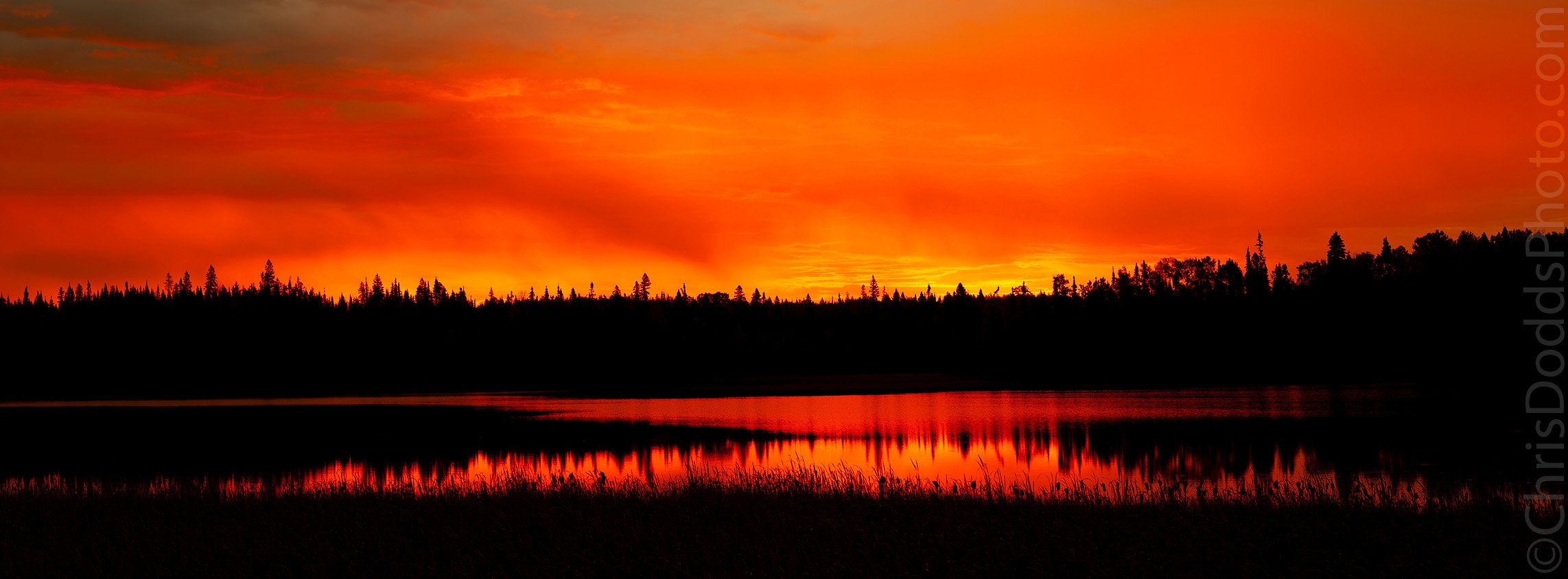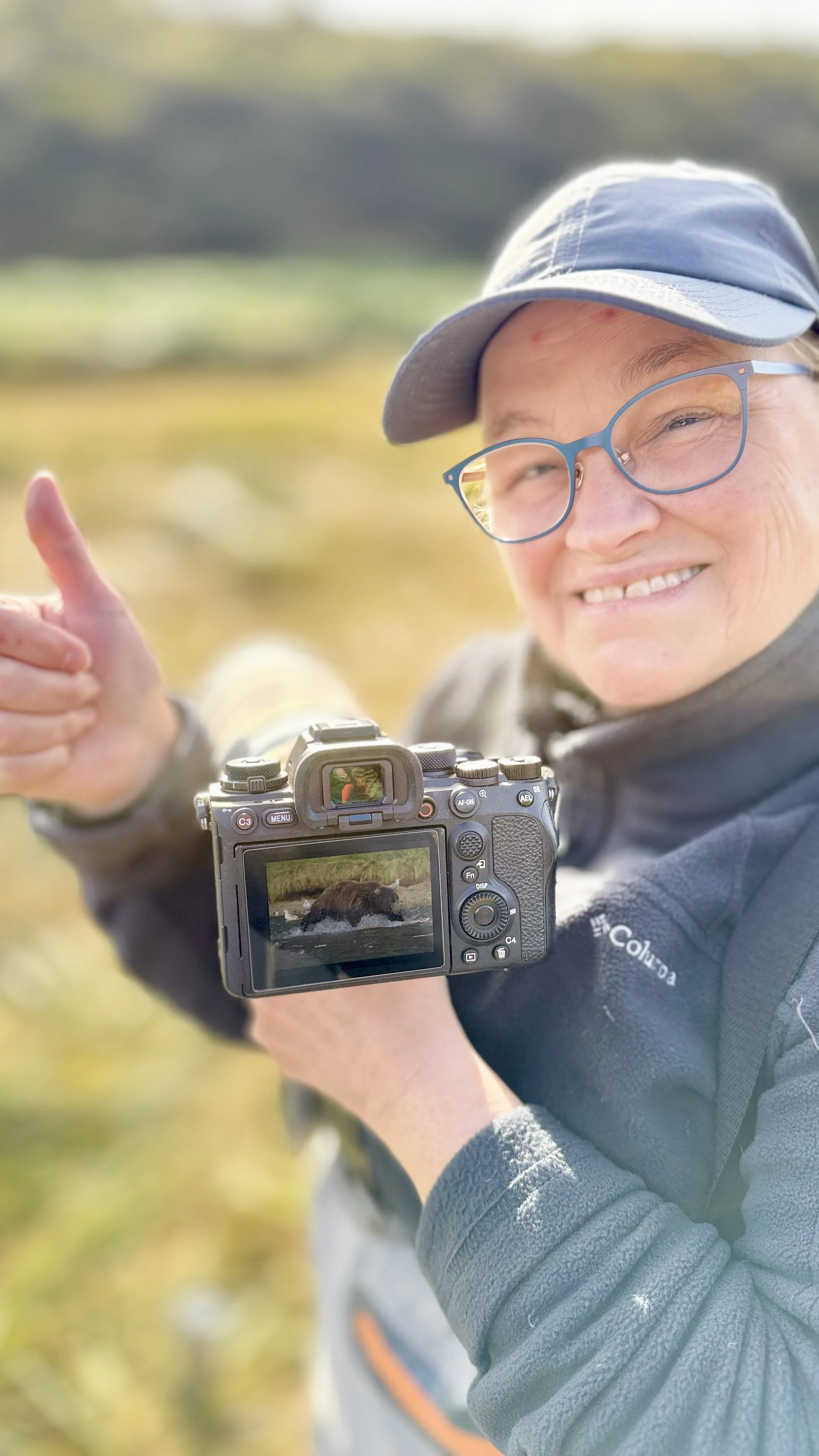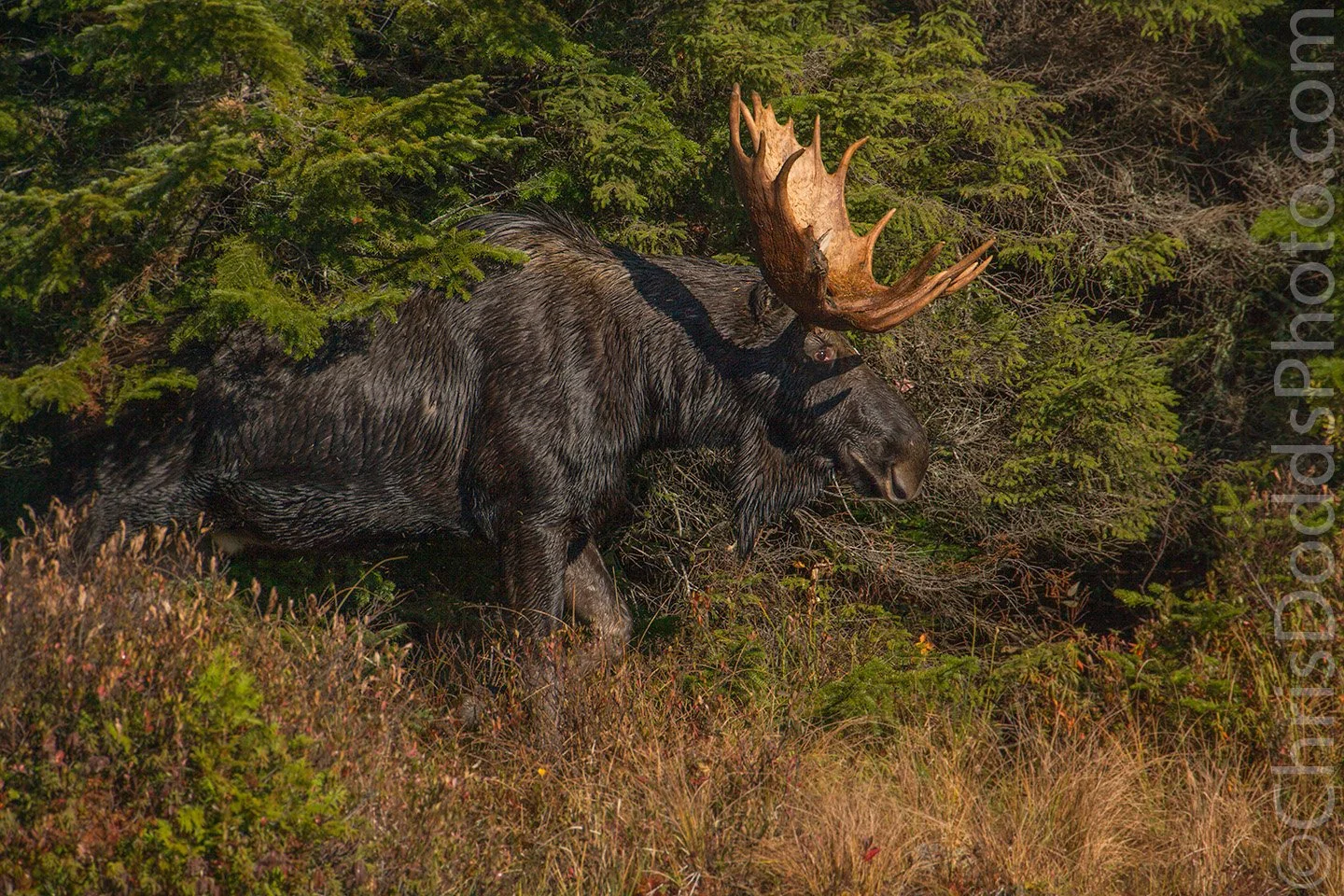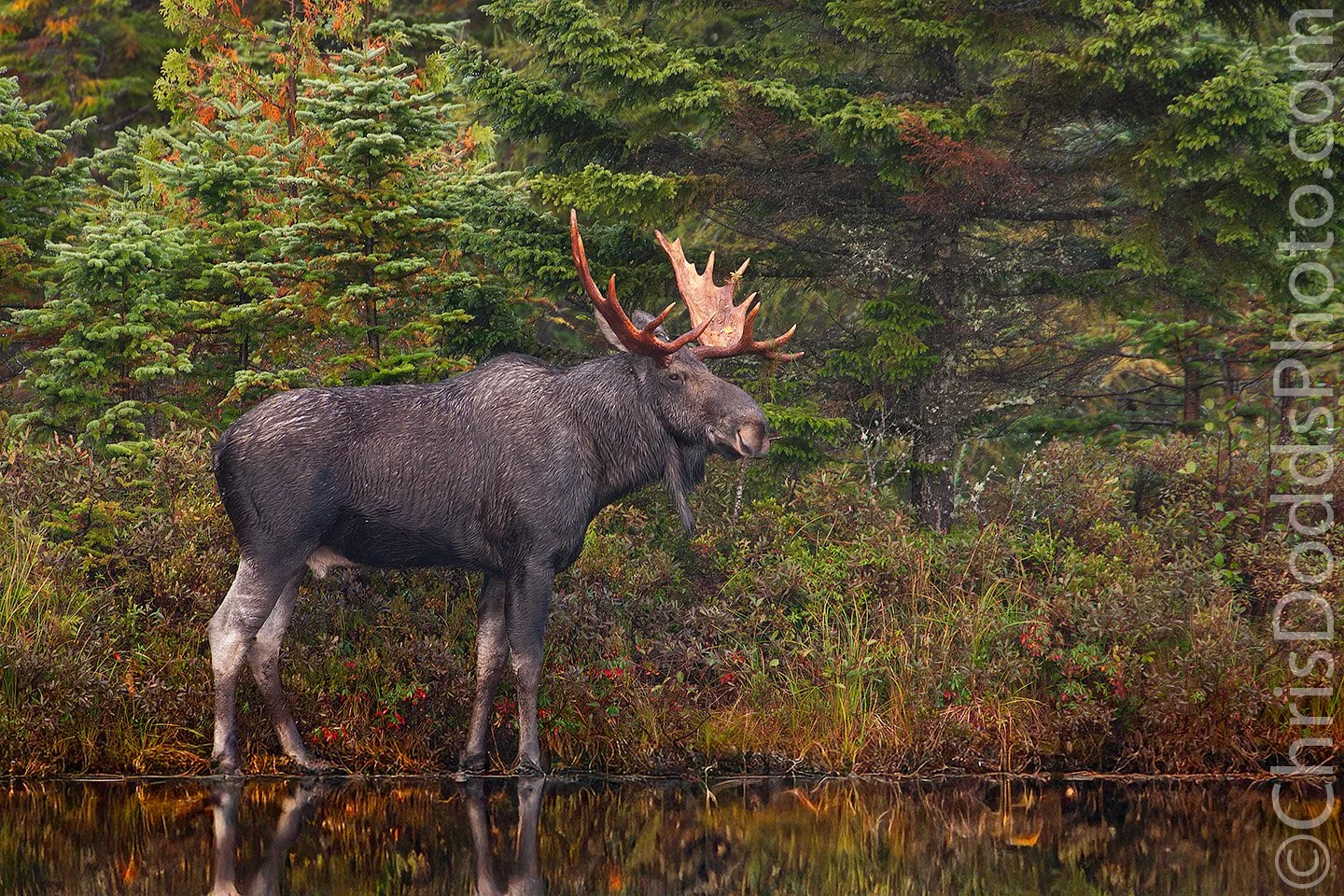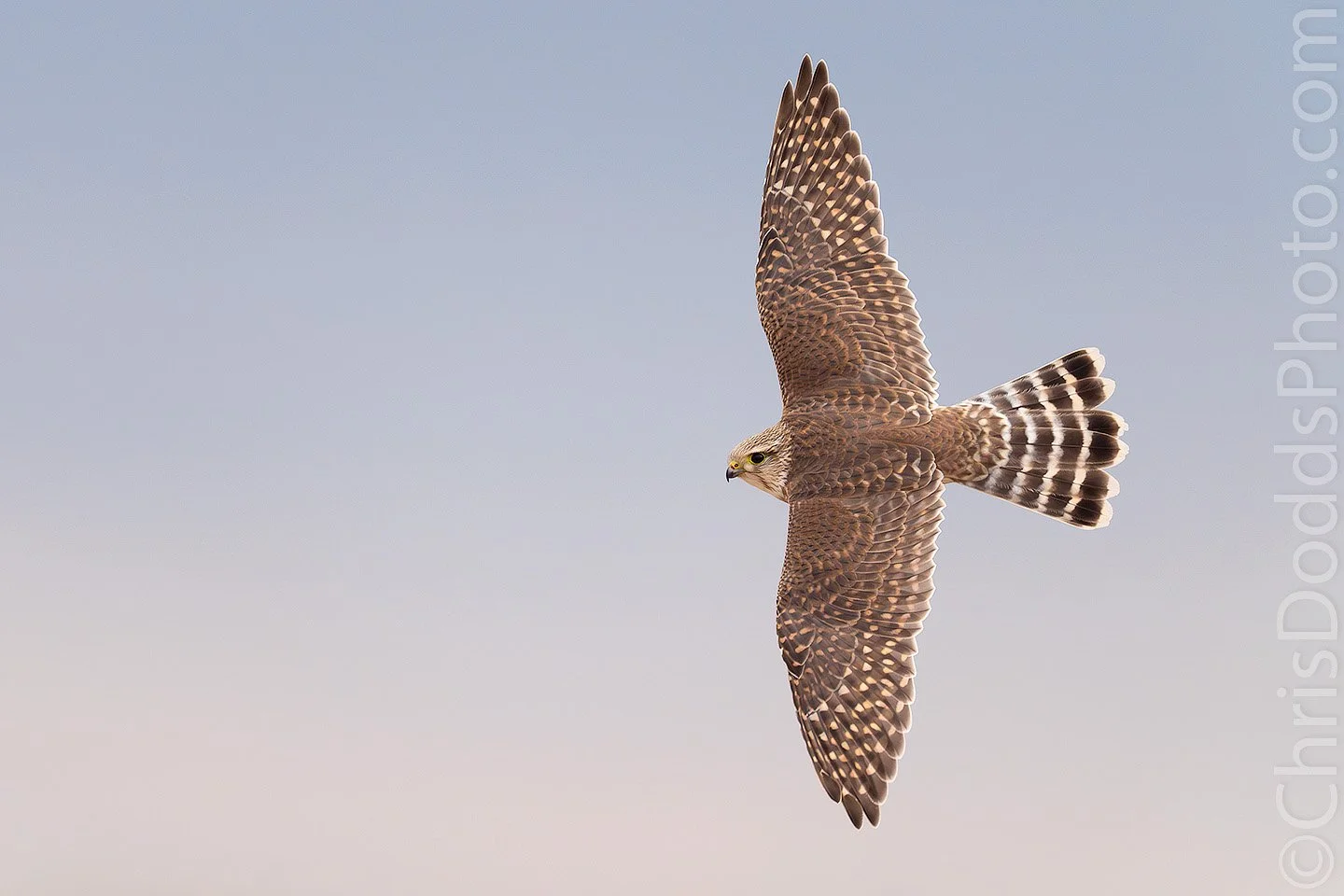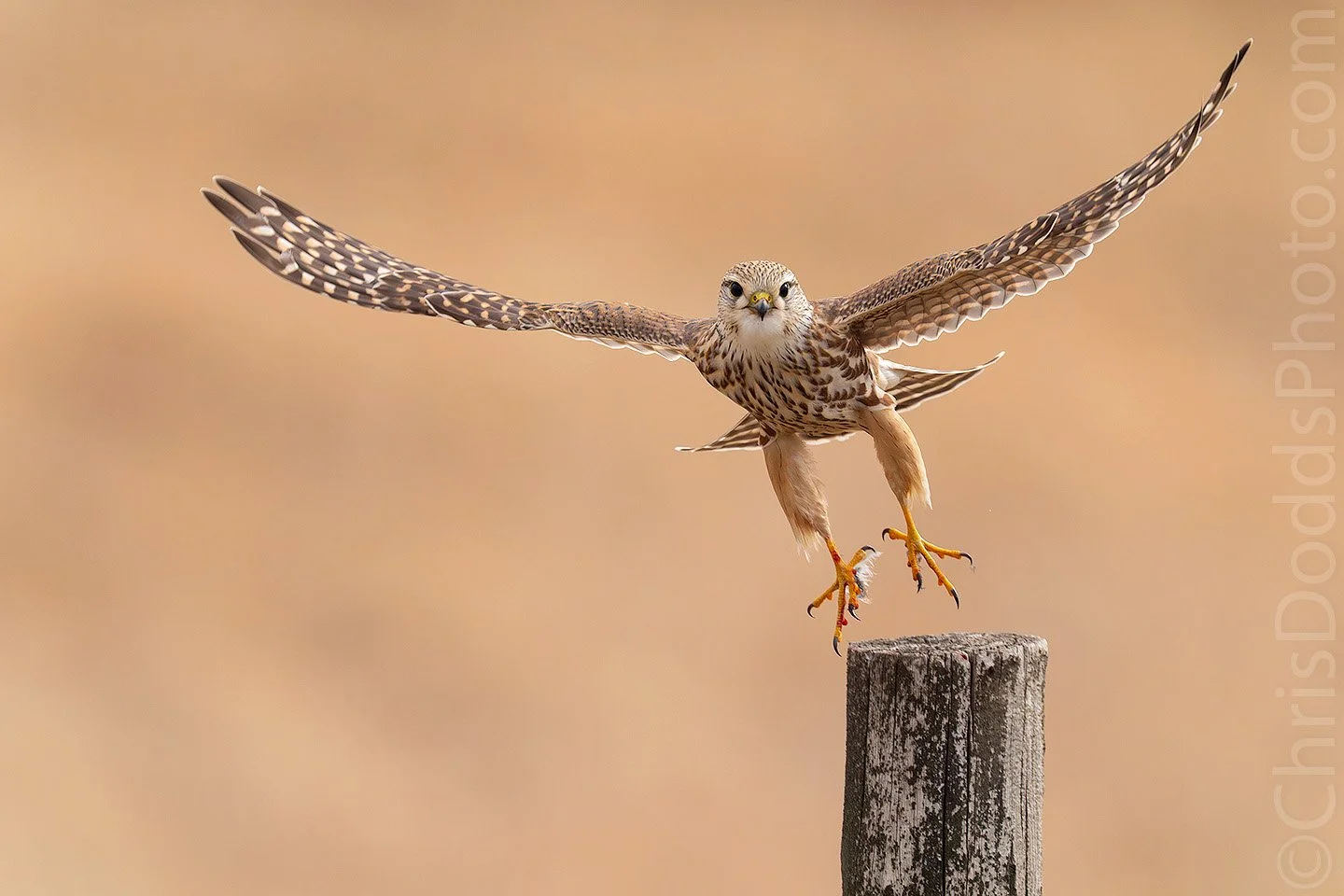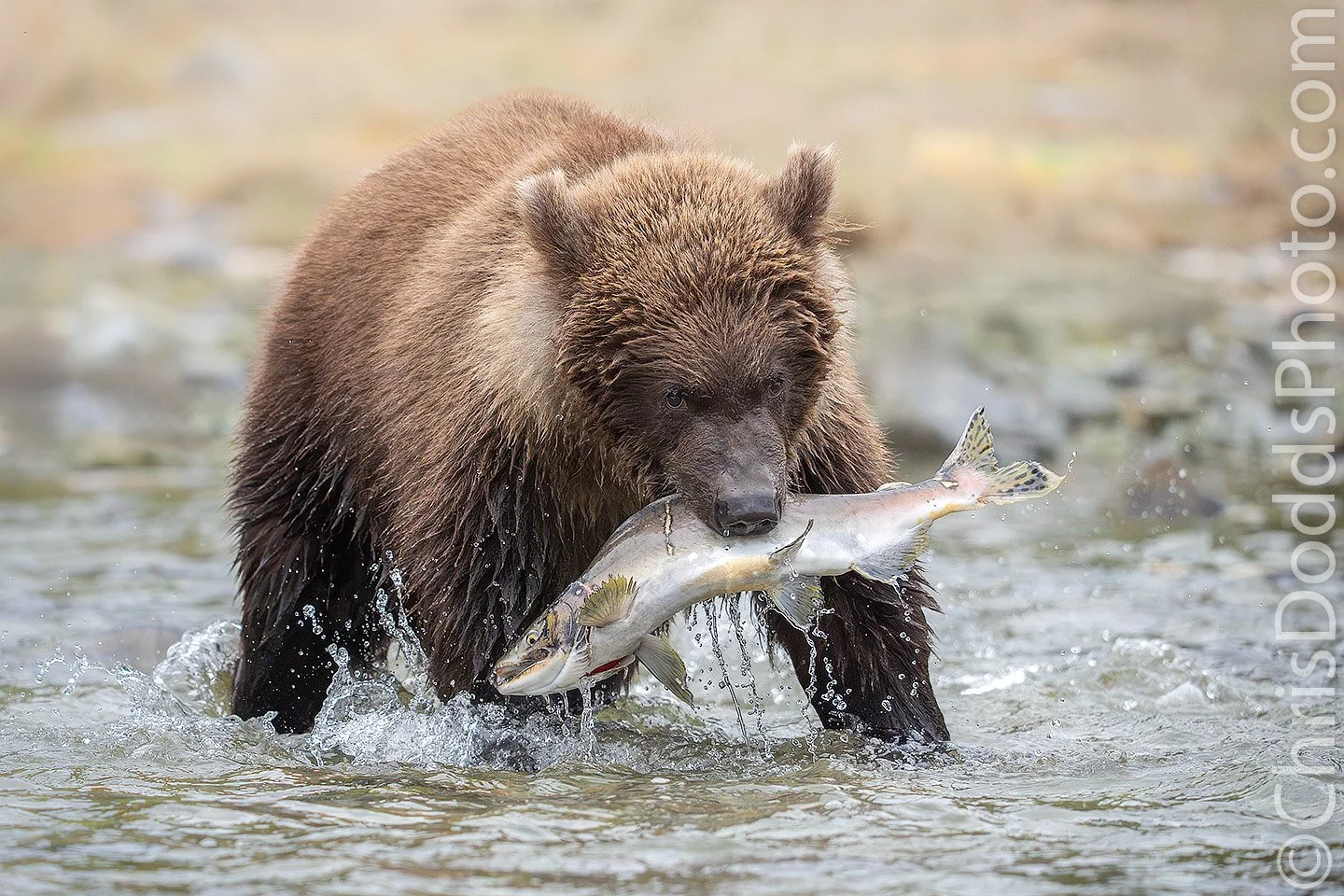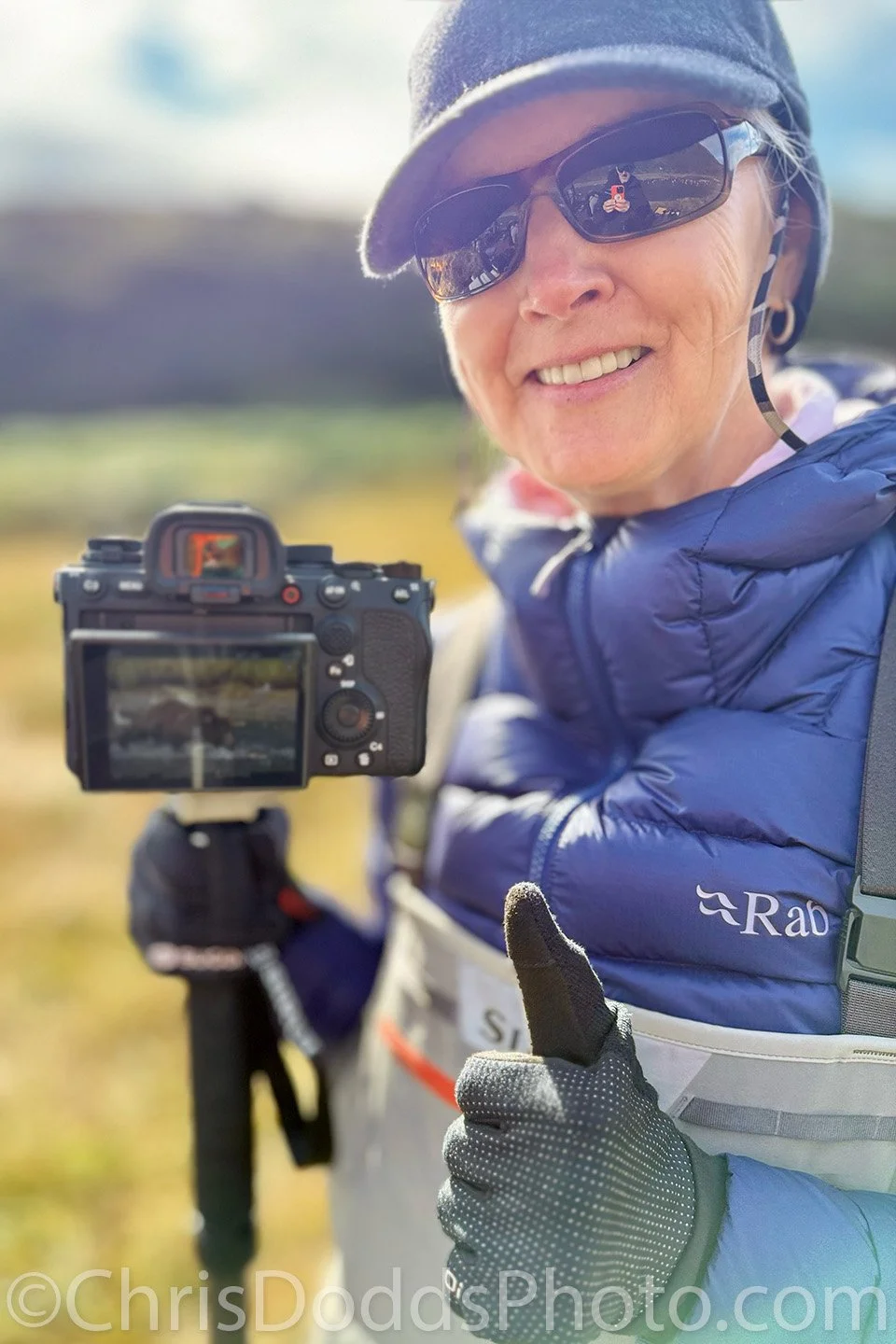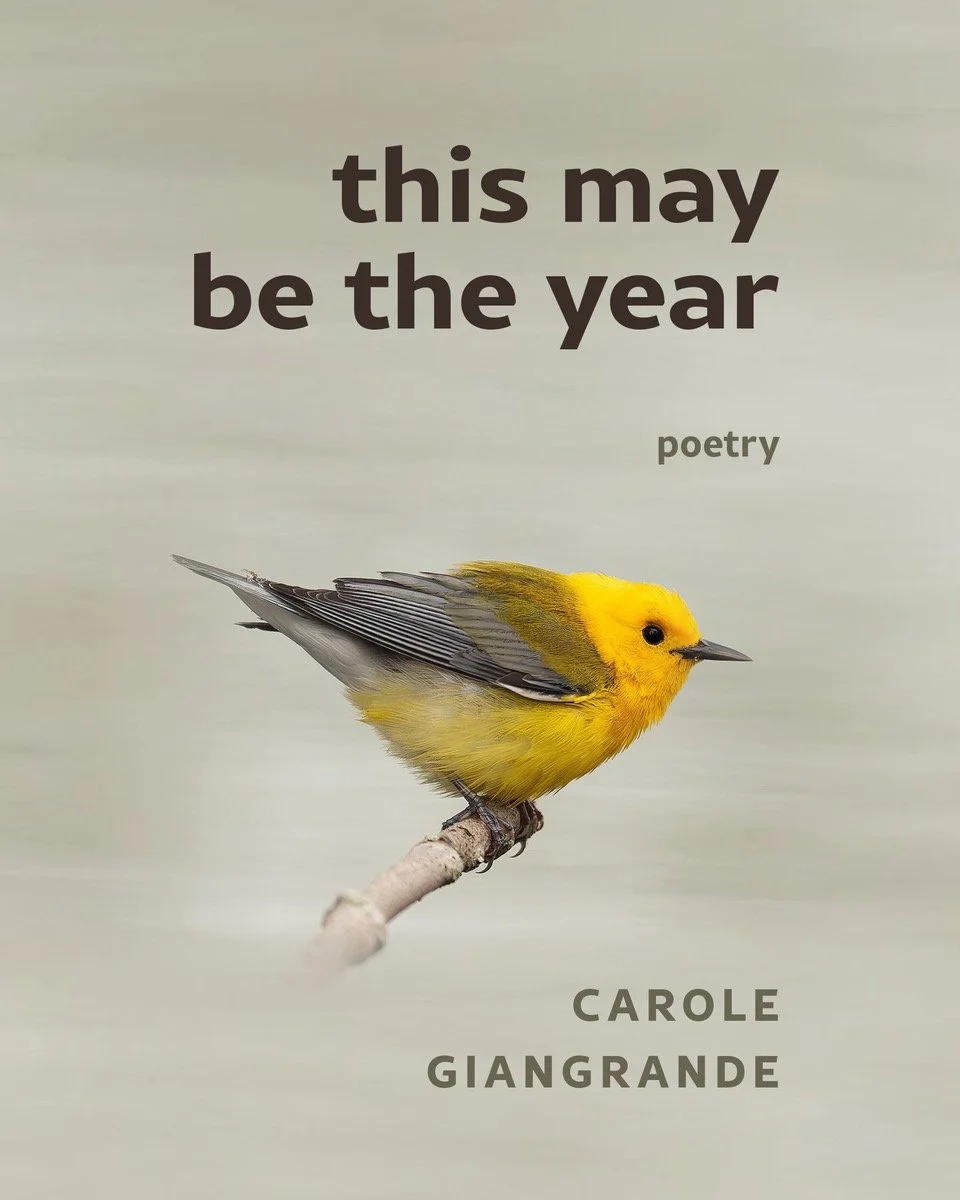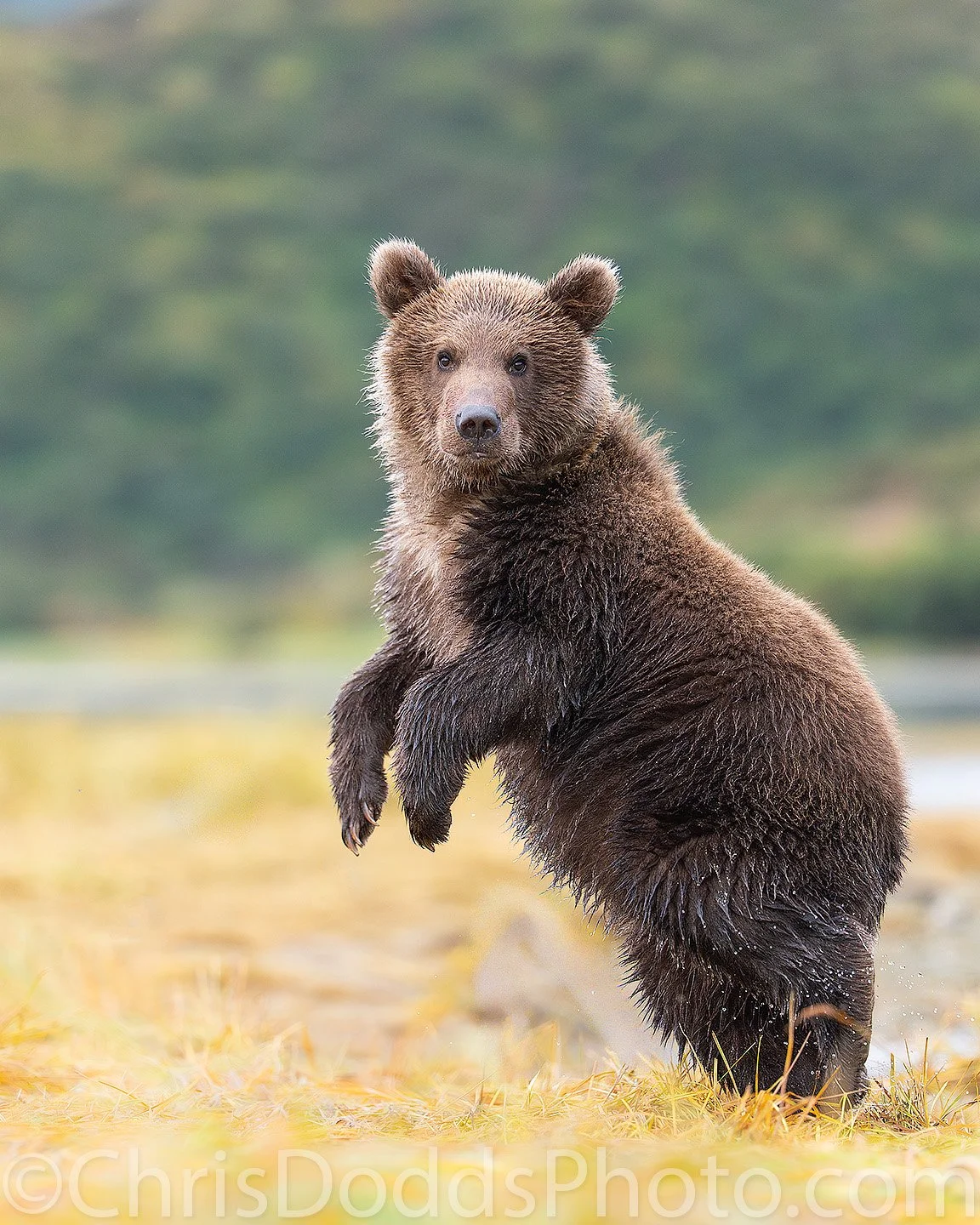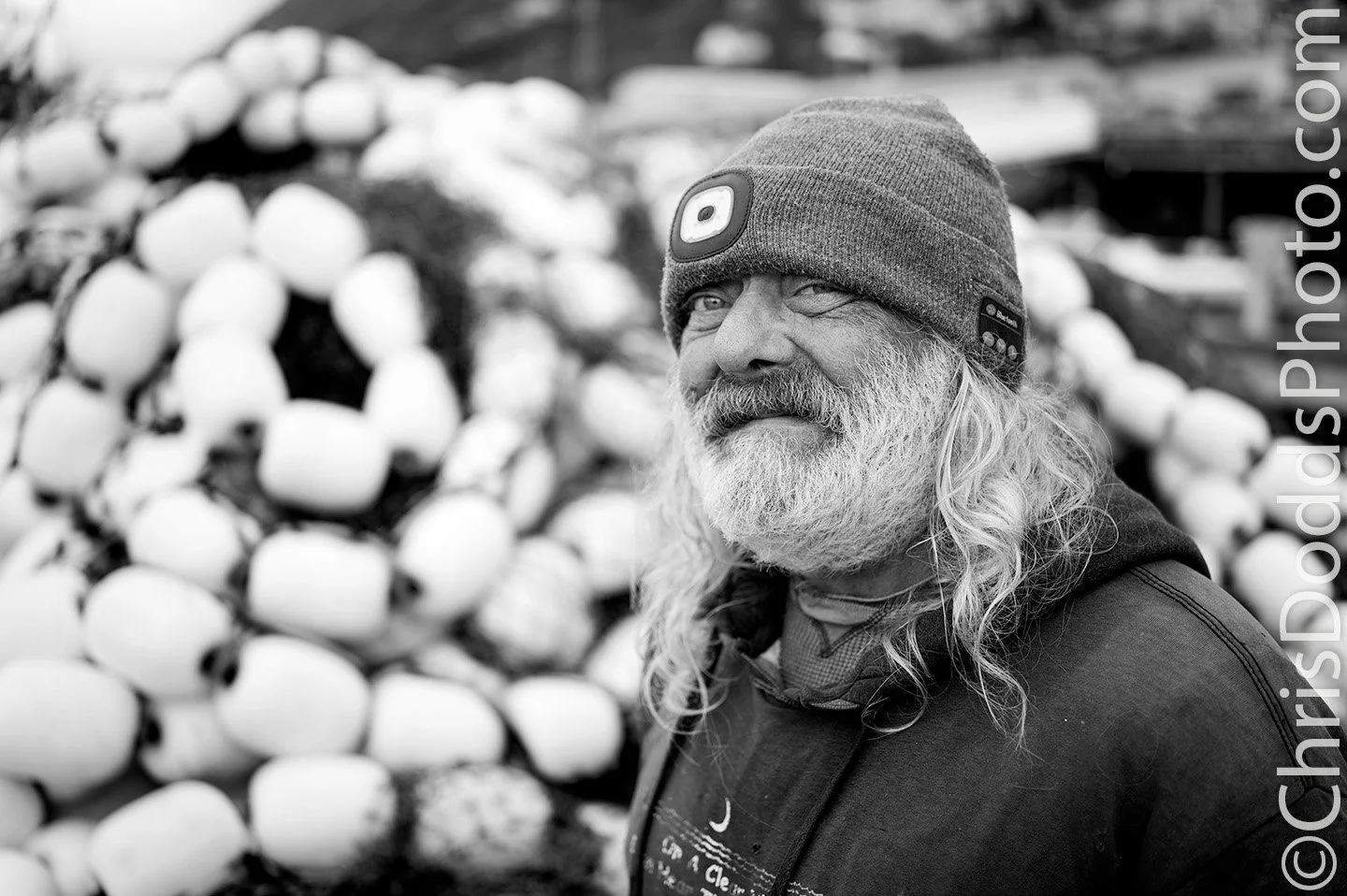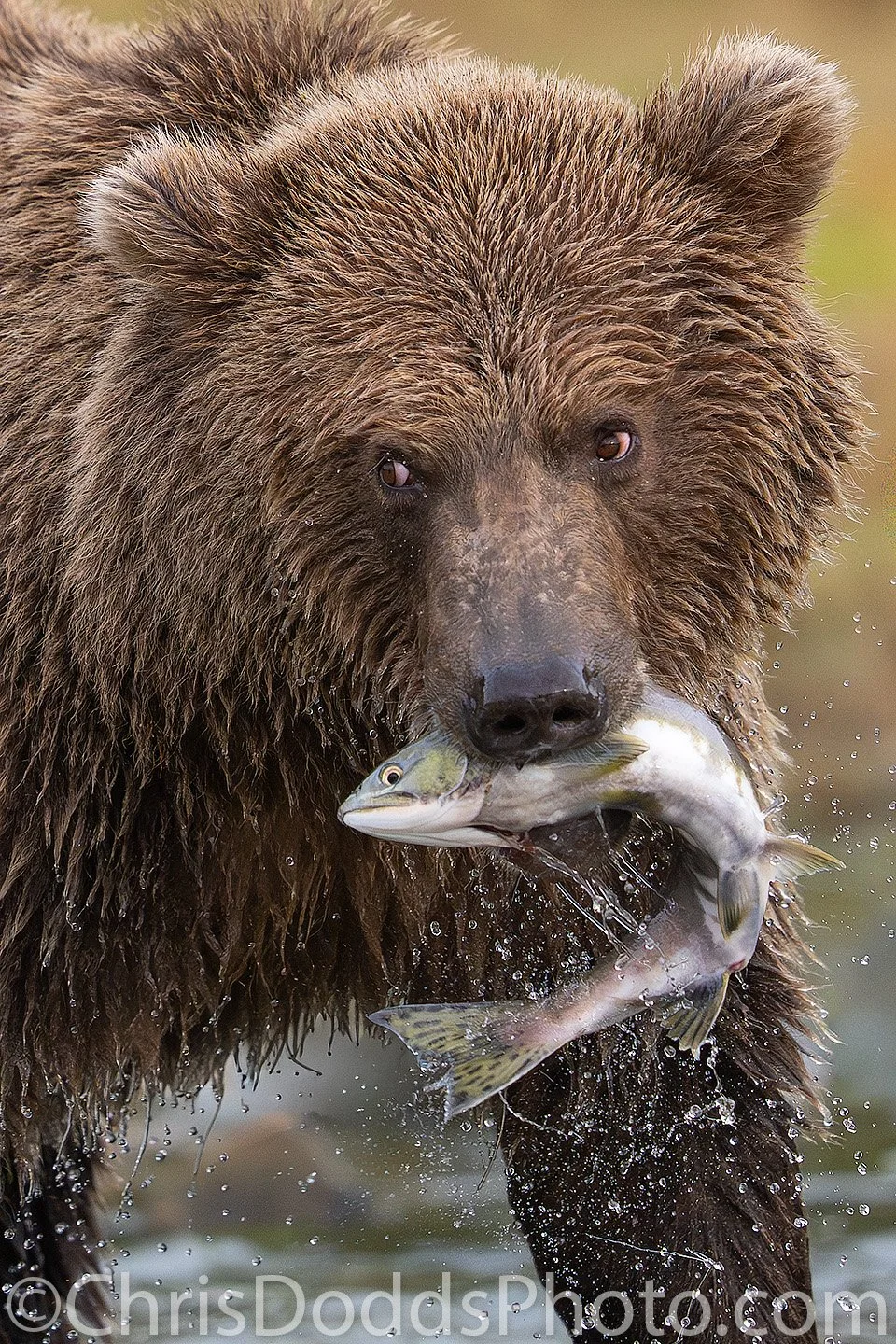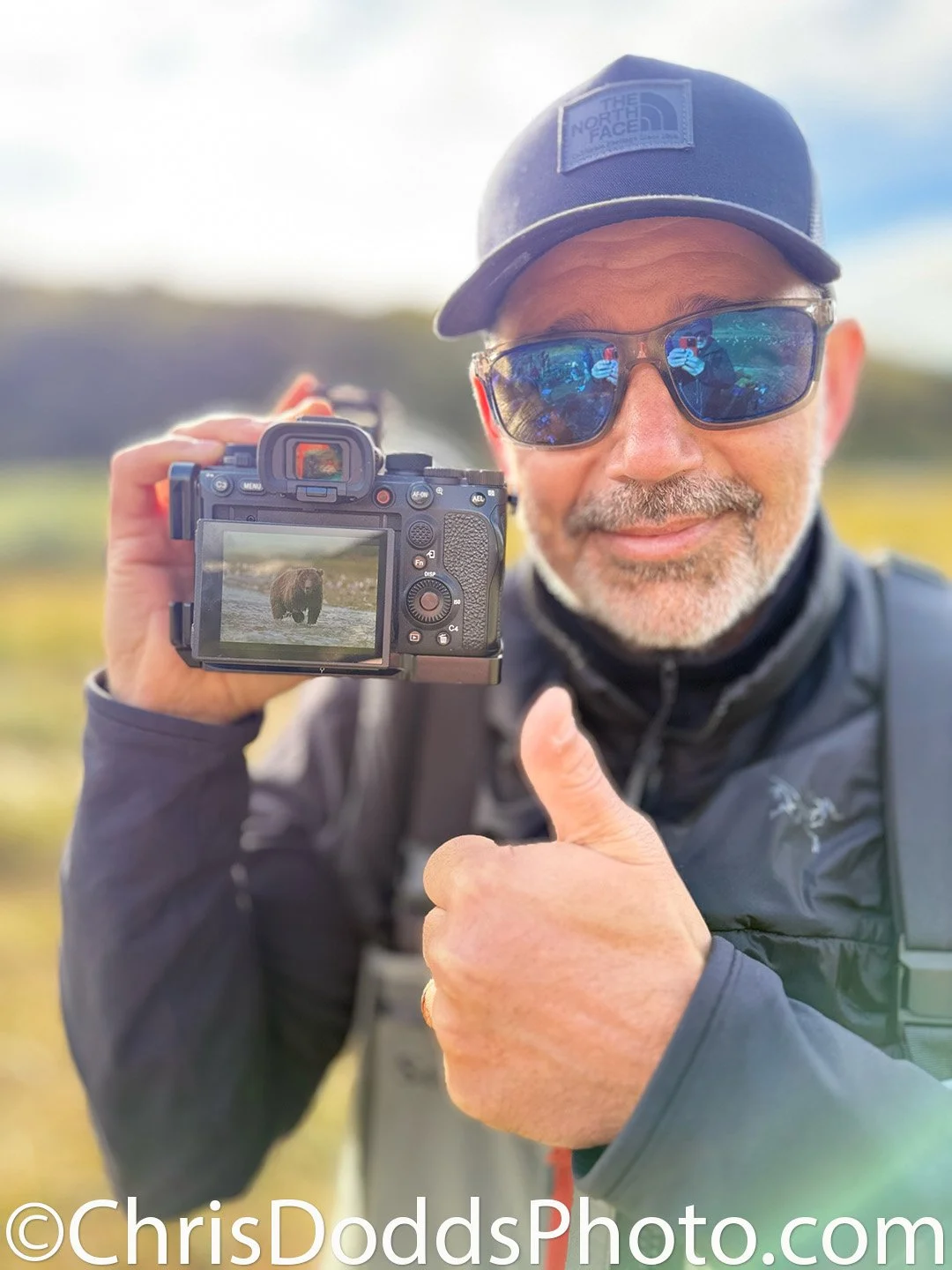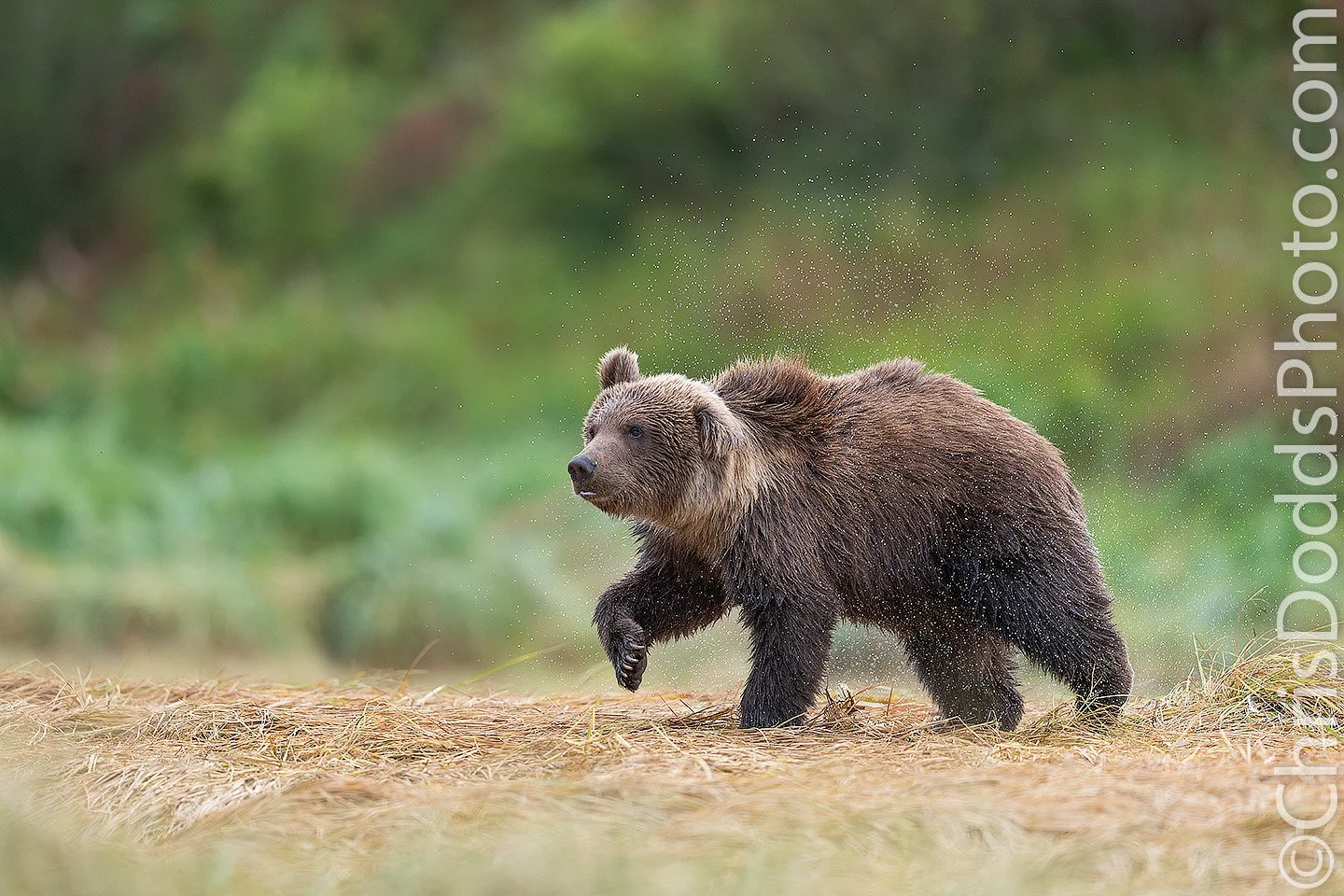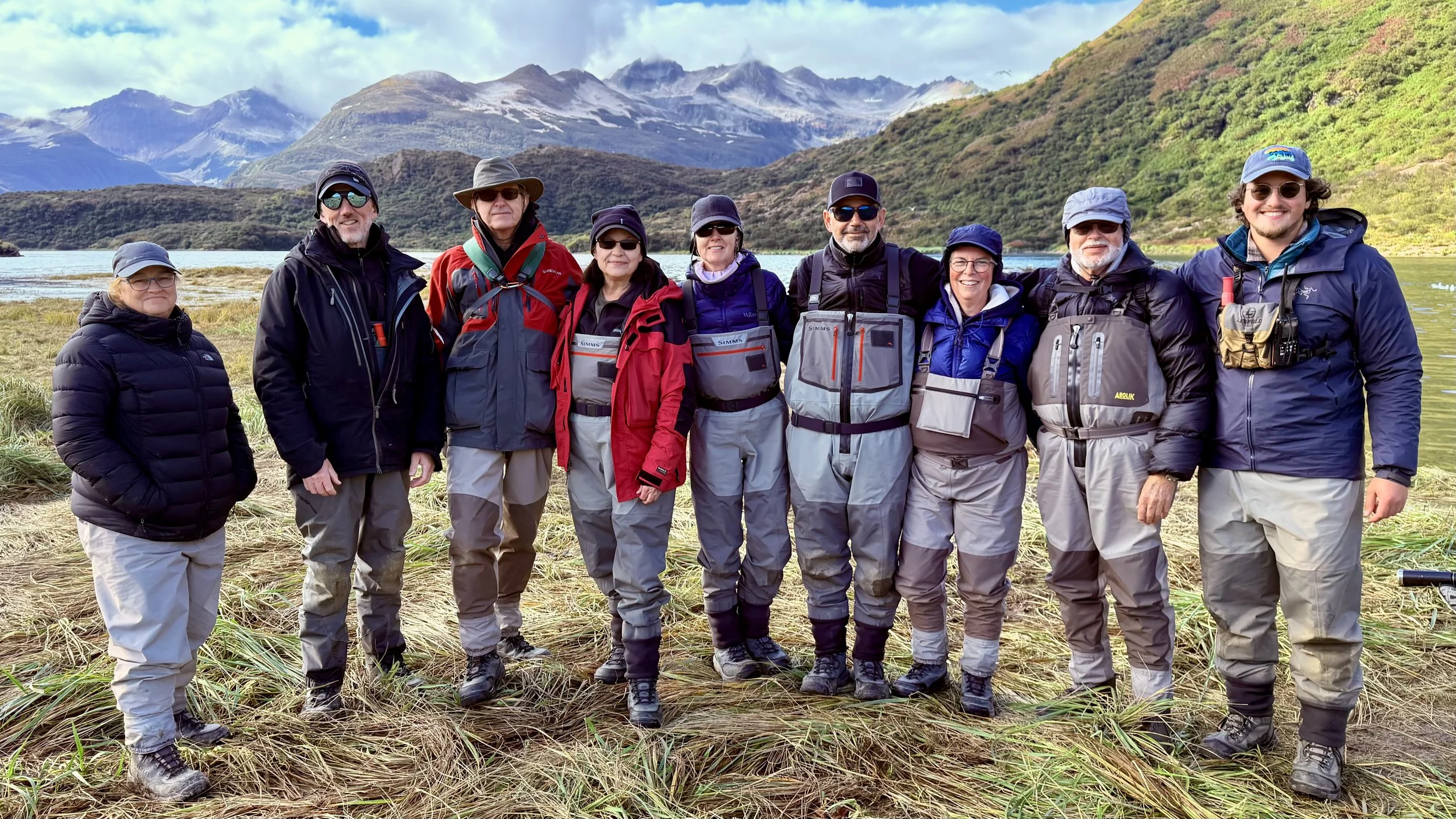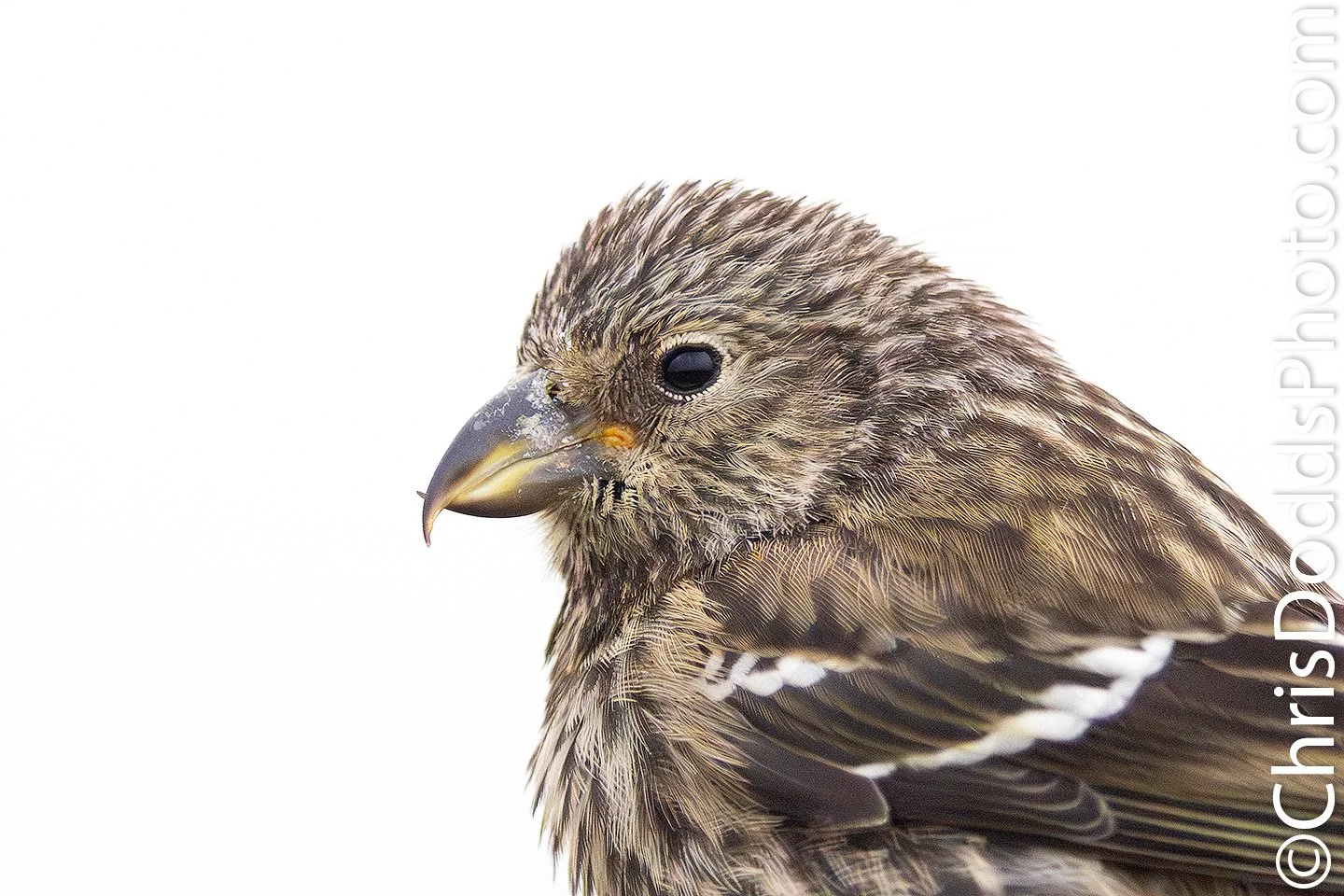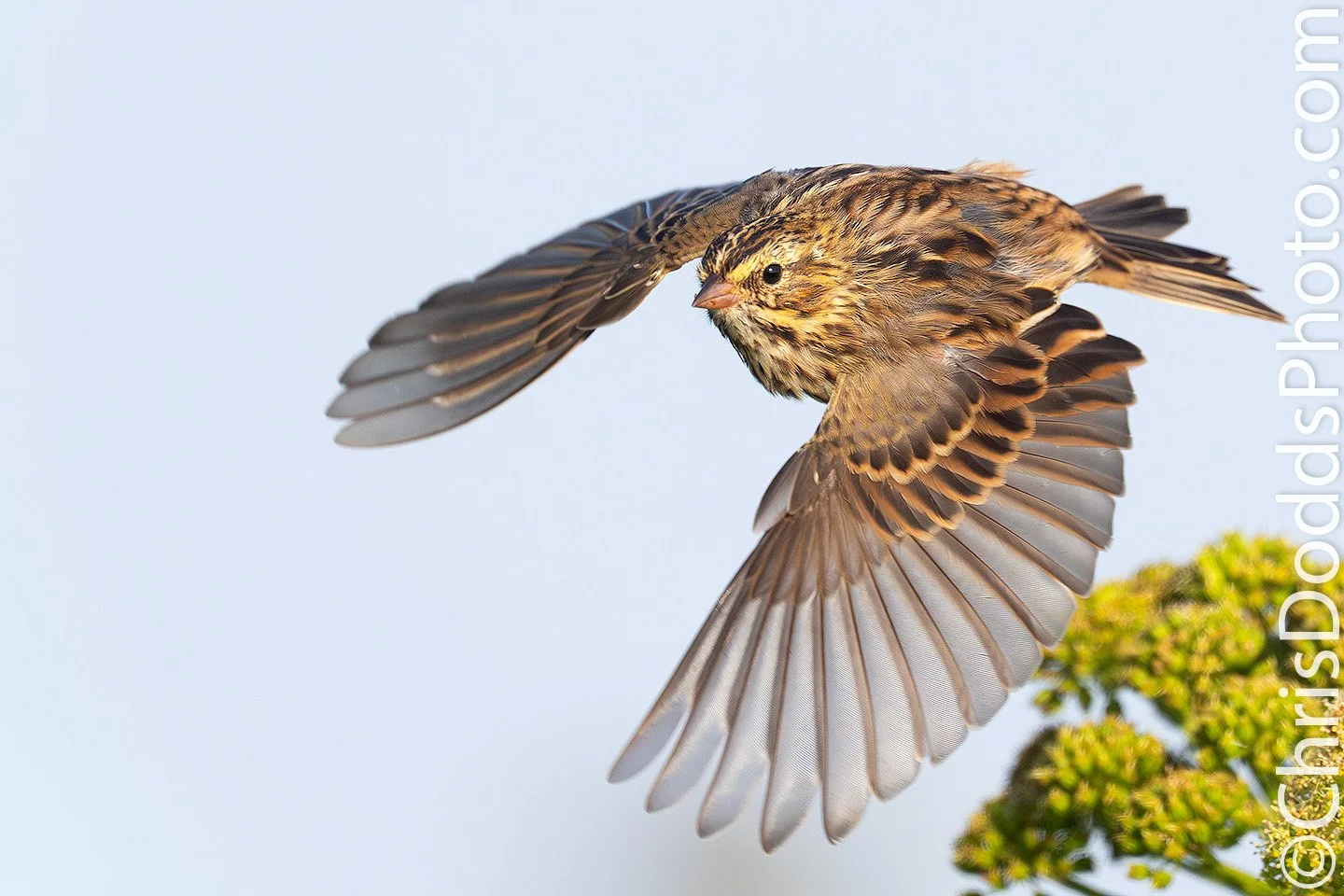Still out exploring, riding the post-bunting excitement from my last post (Ghosts of the Snow: The Return of the Snow Buntings), a pale shape in a snowy field made me slow down. At first, I thought I was imagining it — my eyes strained by the glare — but then it moved. Sitting out in the open was a nearly pure-white male Snowy Owl, sitting on the fresh blanket of snow.
I eased the car forward and let it act as my hide. With my Sony a1 Mark II and the 600mm f/4 with 1.4X in hand, I slowly raised the camera out the window. The owl didn’t seem bothered at all — he sat tall, calm, and beautifully relaxed, watching the landscape as if he owned it.
For the next 40 minutes, he barely shifted. Snow drifted around him, the light softened, and the afternoon slowly faded toward evening. To see Snow Buntings and a Snowy Owl on the same day — and during the first real snow of the season — felt like an incredible gift.
One interesting thing about Snowy Owls: they don’t migrate south because of the cold. They are well-suited for Arctic winters. Instead, they move south when their summer food source — mainly lemmings — becomes scarce. A drop in prey can send these big white owls wandering far beyond their usual range, sometimes thousands of kilometres.
As dusk settled in, I backed away and left him exactly where I found him. No guarantees he’ll stay — these birds follow their own rules, and the males often get chased off by the larger females — but fingers crossed he hangs around for the winter.
If you’d like the chance to experience moments like this, I still have a few spaces left in my Winter Owl Workshops this January and February. No guarantees, of course, but with the way this season has begun, it could be a truly special year.
“I recently participated in my second trip with Christopher Dodds to find and photograph the beautiful snowy owls. It was an amazing experience. Not only was Christopher able to find these owls due to his extensive experience and knowledge of the owl’s behavior but I expanded my skills in capturing stunning birds in flight photography. Not only did we see and photograph snowy owls but also short-eared owls, harriers, a screech owl and some absolutely stunning early morning photos of a barred owl hunting along the snow-covered ground. Christophers’ knowledge of how to photograph these magnificent birds honed over decades of wildlife photography was well worth the cost for my second trip. Chris was able to assist me in the optimal settings for my Canon gear. Very worthwhile!”
— Wayne Ferch | Oregon |USA
